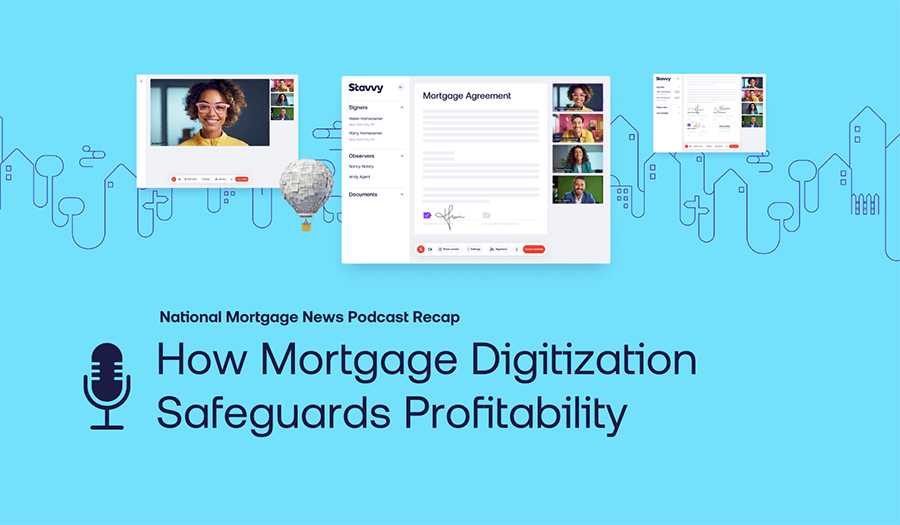When it comes to event or conference attendance, how do you measure success?
One way to determine success is to identify what actionable results were achieved while on-site and compare them to the cost of the event.
It’s expensive for any company to send entire teams to conferences. When I say it’s costly, I refer to more than just the monetary cost of airfare, hotels, meals, and registration fees. Sure, those are important to the equation. But, it’s essential to also factor in the “expense” of days out of the office and the tolls of travel on your staff.
As a start-up, Stavvy decided early on that an action-packed conference season where we could be a part of the conversation, inspire change, and hear insights was important to us, despite the associated costs.
From Labor Day through November 2021, we wrangled a bold and active crew and sent them all over the country to conferences, both big and small. Between conversations about travel guidelines and new hobbies acquired during the COVID-19 lockdowns, we heard a lot about what’s going on in the fintech, mortgage, and real estate industries. Priceless insights you simply can’t find anywhere else.
But, what good are these insights if they just sit inside my head or scribbled down in my notebook? Here are my top 4 takeaways from the Fall 2021 conference season.
Hot Topic #1: Market dynamics

Market dynamics took center stage. The COVID-19 pandemic was the focus of many private conversations; however, the economy and economic outlook was the central theme for many speakers on stage.
Housing market
Home price appreciation in 2021 continues to influence the outcome for the residential real estate market. Buyers are having a hard time winning offers. Sellers are excited about higher sale prices, but potential sellers remain hesitant to list homes for fear of not finding a new place to live. As a result, housing supply remains constrained, and strong demand pushes up prices. Rising home prices also drive up rent costs. Since building houses is also subject to global supply chain access, new housing starts are not likely to ease this tension, at least not in 2022.
Economic recession and forbearance
Concerns over economic recession resulting from COVID-19 or inflation were also frequently mentioned. Consumer price increases mean less money to spend on big things like a down payment or home renovation.
Millions of Americans whose income or financial situation changed during the COVID-19 pandemic remain in mortgage forbearance granted under the CARES Act. Expiring soon, these homeowners will have to decide whether to begin making payments at a higher amount to pay off the unpaid period or modify their mortgage to extend the payments by the amount missed. In some cases, homeowners may need to sell their homes if they cannot restart their monthly payments. The good news is that almost all these homes should have appreciated in value. Even though fewer people are underwater, meaning owning more than their home is worth, there are still transactional and legal costs to resolve and the increased pressure on the rental market.
Fixed-rate mortgages
The final market consideration looking ahead to 2022 is the impact low fixed-rate mortgages will have on the market. Over the last two to three years, many homeowners locked in a 30 year fixed rate below 3%. Many homeowners will not want to refinance that low rate to a market rate even if it means unlocking the increased equity thanks to home value spikes. Instead of refinancing, homeowners will be looking for alternative financing options such as a home equity line of credit (HELOC), equity shares, and alternative lending options.
Hot Topic #2: Access to credit

Like most industries, the housing market pledged a renewed focus on racial justice and equity issues in the wake of George Floyd’s murder. Fair housing and fair lending remain consistent themes for real estate agents, mortgage lenders, appraisal companies, and technology companies.
According to Freddie Mac, black homeownership rates are as low today as when the Civil Rights Act passed in the mid-1960s. With an estimated 3 million eligible black renters across the country, the industry is looking for ways to serve this community with homeownership options. One of the best ways to start addressing these issues today is by implementing an aggressive diversity, equity, and inclusion plan. The plan should include mortgage product offerings, hiring and retaining talent from communities of color, and investing in marketing across historically underserved communities.
First-time home buyers (FTHBs) are also a source of attention as many millennials shopped for a new home this year. Some millennials waited till later in life to attempt homeownership and, as a result, were in a stronger position to pay more for a home than a typical FTHB. More specifically, dual-income families looking to move from high-cost urban centers to more affordable suburban or smaller cities. Unfortunately, that meant that traditional FTHBs in those locations may have missed out on homes because they could not find a house they could afford amidst all the competition. Demand remains high. But, questions still linger around whether FTHBs will start giving up on their search altogether, further delaying homeownership or turning to more innovative solutions, such as co-living, fractional ownership, or lease-to-own, instead of seeking traditional homeownership in 2022.
Hot Topic #3: Data security

Ask any CEO in any industry what keeps them up at night, and you are likely to hear them say cybersecurity. In financial services and fintech, data security and data transfers are critical. Significant non-public, personally identifiable information is required to access financial products like a mortgage.
Have you ever counted the data transfers required in the mortgage process? At Stavvy, we’re working out the numbers, but it will be no surprise if it’s close to half of a dozen by the time closing day rolls around. Whether evaluating a consumer’s application or preparing a service provider to complete part of the process, such as closing and title/settlement, our industry relies heavily on transferring data between parties, vendors, and technology providers.
As cyber threats mount and consumers become more aware of the danger, lenders and banks scrutinize their workflows to improve security and lower risk. Working with external partners that understand security and share the incentive to protect consumer data will be a deciding factor between success and failure in the coming years.
Hot Topic #4: Innovation

The speed of the game has never been faster. New emerging technologies are capturing the public’s attention, not to mention market share, every day. As if the competitive pressure for the industry to innovate was not enough, consumer expectations have risen even more.
Emerging technology in how consumers order everything from toilet paper to the latest TV mini-series to their new car, should encourage lenders and banks to think differently about their own functionality and flexibility.
I often use the phrase “choose your own adventure” when thinking about how clients and referral sources want to interact with financial services companies. Put another way; each customer wants the tools or information they need when they need it and how they want it.
Large lenders are building multi-channel, interoperable platforms that allow consumers, mortgage brokers, real estate agents, and other stakeholders in the process to access status, timelines, and outstanding requirements through the best method for each. Whether referencing point of sale, closing, or loan servicing, to remain competitive, lenders need to offer all the options, including but not limited to fully digital, digital and chat, digital and video, in-person with digital tools, and phone support.
The outlook for “choose your own adventure” underscores not just the plethora of digital features and solutions but also the ability to secure consumer data in the process. To the point of data security, convenience at the risk of security will not be tolerated. So, innovation must include using technology to improve the overall industry for consumers and financial institutions alike.
Looking ahead to 2022
As we all begin to reflect on the past year and plan for the next, I’d like to invite you to check out our brand-new podcast, Finside Chats, on your preferred podcast platform. In every episode, we explore timely and complicated topics specific to fintech, start-ups, and mortgage lending with some of the industry’s top thought leaders. On a recent trip to Boston, I joined the podcast to discuss how purpose-built technology empowers people, data sensitivity, fractionalized ownership, and other emerging trends in the mortgage and real estate industries.
Learn more about how the  is taking real estate beyond documents.
is taking real estate beyond documents.



![[Webinar Recap] Advancing Your Digital Default Servicing Strategy](https://blog.stavvy.com/hubfs/advancing-your-digital-default-servicing-strategy-blog-recap.png)